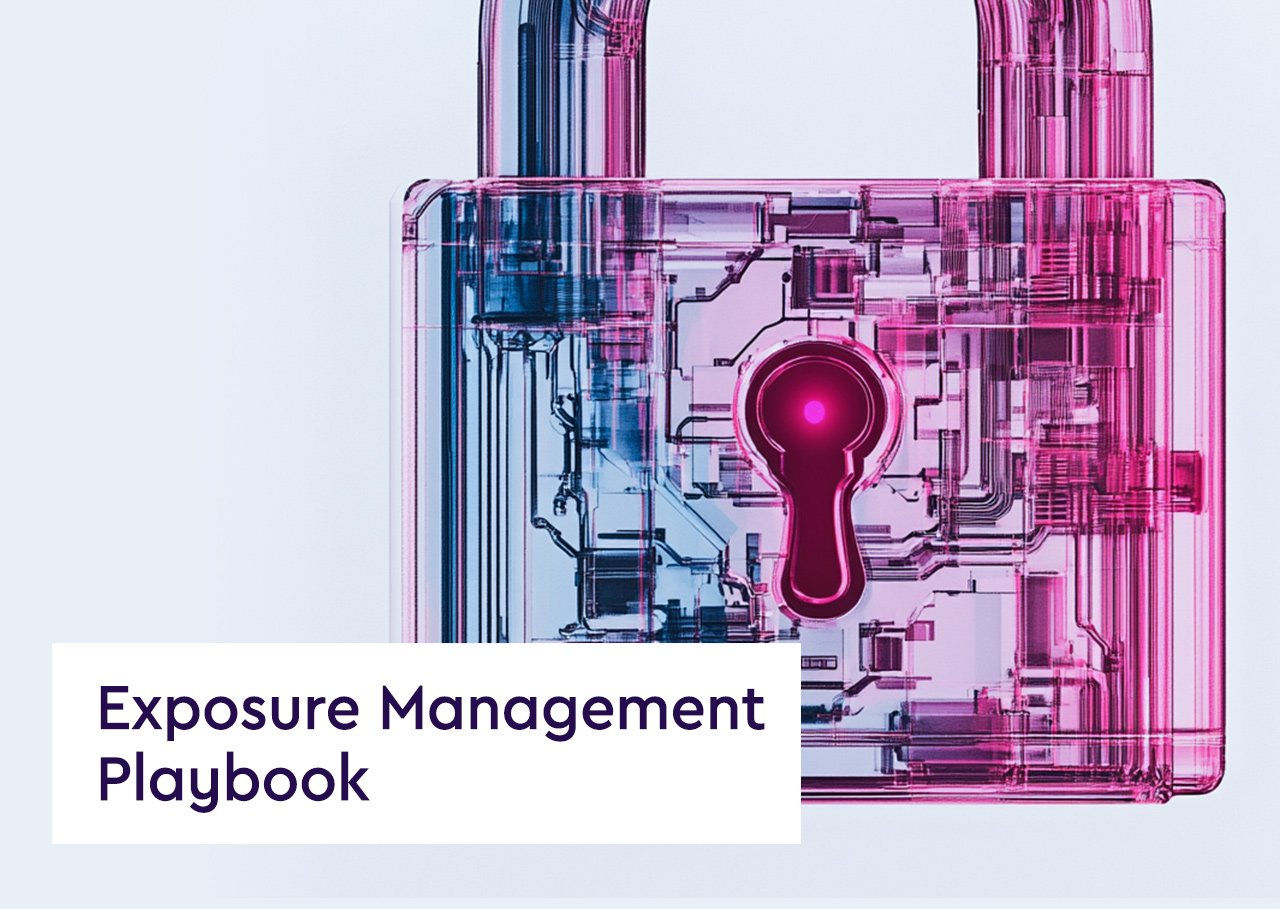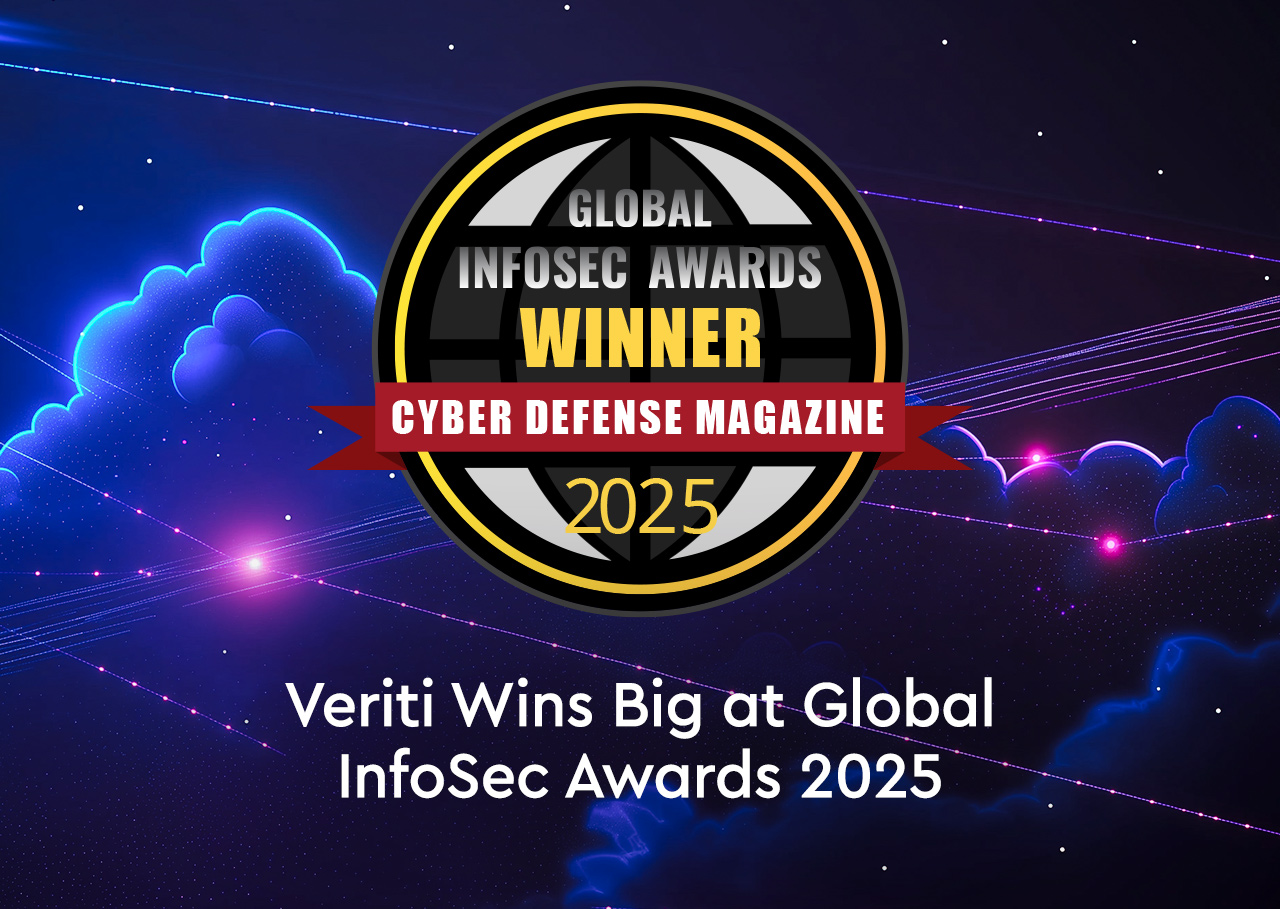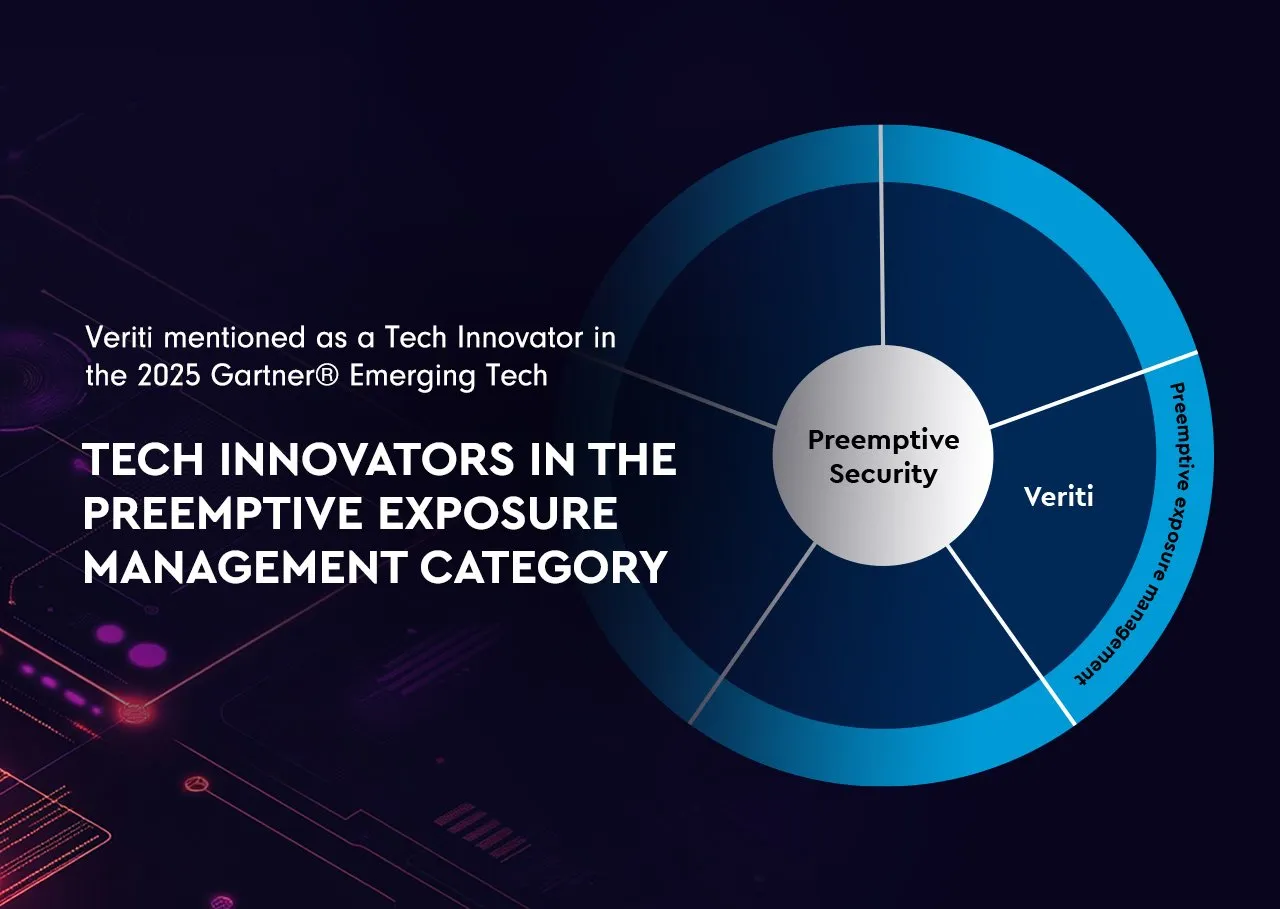Definition: As defined by Gartner, Continuous Threat Exposure Management (CTEM) is an approach in cybersecurity that emphasizes the continuous and proactive identification, assessment, and mitigation of vulnerabilities and exposures in an organization’s IT environment. This methodology shifts from traditional, periodic security assessments to an ongoing, dynamic process that adapts to new threats as they arise.
Key Features and Benefits:
- Continuous Monitoring: CTEM involves relentless scanning and surveillance of networks, applications, and systems to detect emerging vulnerabilities.
- Prioritized Risk Assessment: Leveraging Gartner’s insights, CTEM evaluates the potential impact of vulnerabilities in real-time, enabling organizations to focus on the most critical issues first.
- Automated and Adaptive Responses: This approach includes automated mechanisms for rapid vulnerability mitigation, crucial for staying ahead of evolving cyber threats.
- Resilient Security Posture: Gartner emphasizes that CTEM helps maintain a resilient defense against cyber threats, constantly updating in response to the changing digital landscape.
How it Works: Following Gartner’s framework, CTEM integrates various cybersecurity tools to provide continuous oversight. It uses advanced analytics and threat intelligence, often supported by machine learning, to identify and assess risks. The system then either automatically addresses these risks or alerts the security team for intervention.
Use Cases:
- Adapting to Dynamic IT Environments: CTEM is particularly beneficial in complex IT settings where new vulnerabilities can frequently occur.
- Regulatory Compliance: Ensures ongoing compliance with evolving industry standards and regulations, as highlighted by Gartner.
- Handling Sophisticated Cyber Threats: Ideal for organizations that face advanced and continuously changing cyber threats.
Gartner’s perspective on Continuous Threat Exposure Management underlines its importance as a proactive and adaptive cybersecurity strategy. It represents a shift towards a more dynamic and responsive approach in dealing with cyber threats, aligning with the evolving nature of the digital threat landscape. Effective CTEM implementation, while resource-intensive, offers significant benefits in enhancing an organization’s ability to preemptively tackle cybersecurity challenges.




